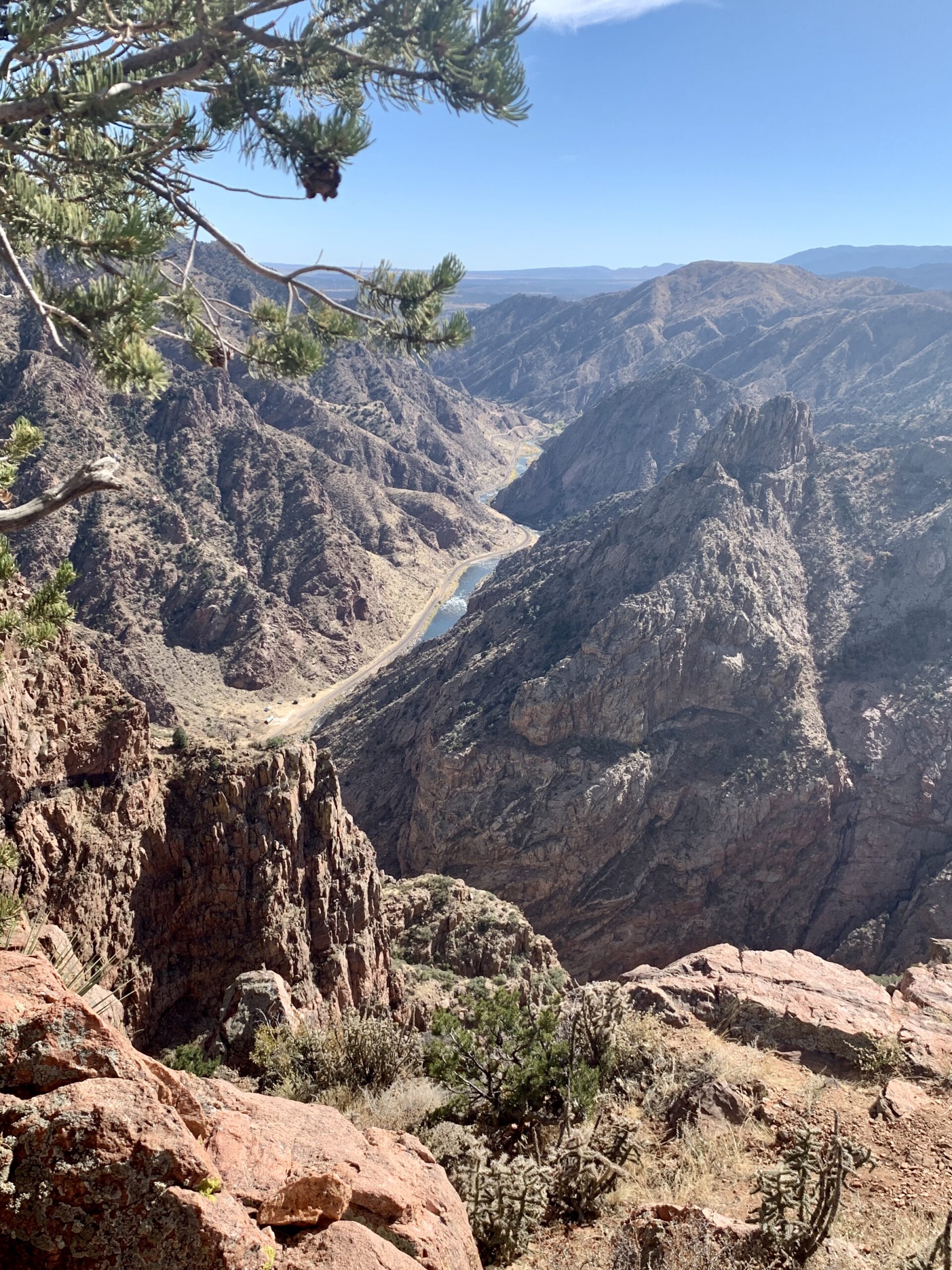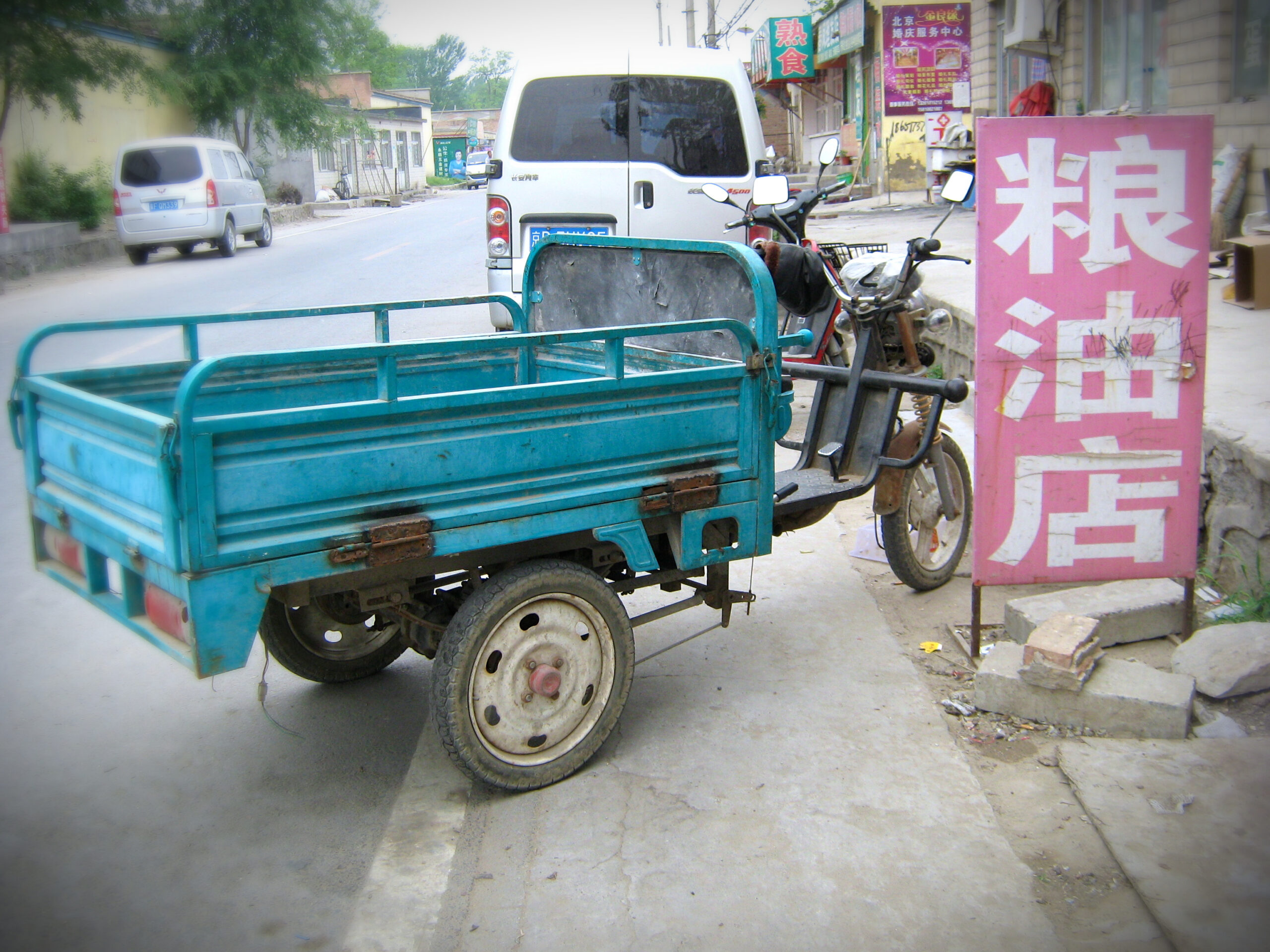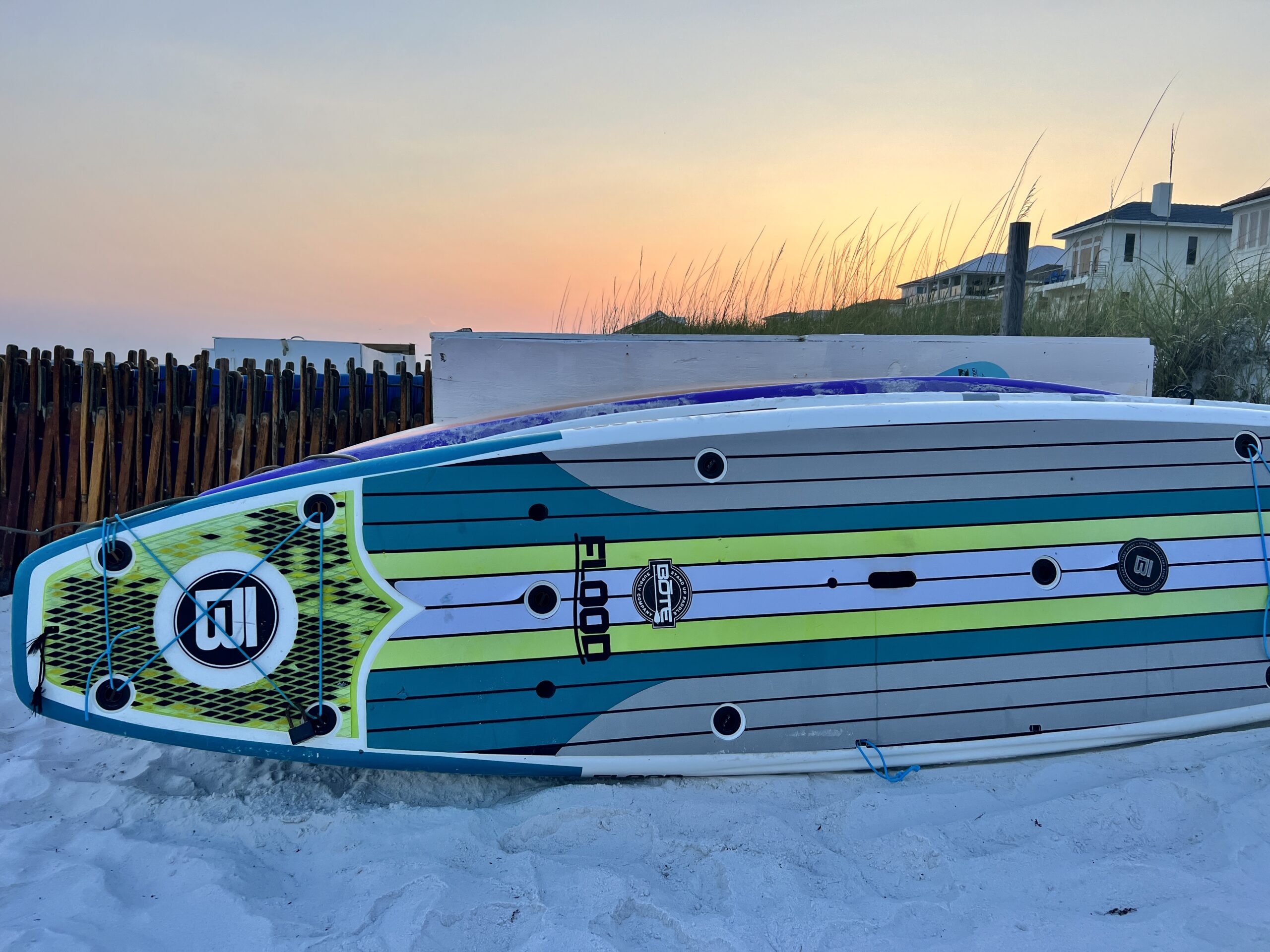
The 10 Essentials for Hiking, Plus a Few Pro Tips
In April 2016, not long after I moved to Denver, I took advantage of a gorgeous Friday afternoon to go hiking about 25 minutes from my house. I packed up the Big Blue Boots and headed to my favorite vista at the Chief Hosa exit on I-70 heading west. (Yeah, if you’ve seen it, you know what I mean.)
Little did I know that I was about to get a lesson on the 10 essentials for hiking and why they’re especially important when you’re hiking solo, or in an unfamiliar area or in rugged terrain.

I was expecting an experience like the past two weeks’ hikes over by Golden: basically, an escalator of people going up and down. So when I pulled off the dirt road into the parking lot, I was a little surprised to see just four other cars…and lots of snow. When I hiked Chimney Gulch the week prior, I was feeling hot, hot, hot in a tank top and shorts. I was dressed similarly that fateful Friday, because it was even warmer than last week in Denver. But Genesee had had about 40 inches of snow (not 4, but 40) since last week, and it was still deep in some spots here. I was glad I had a cardigan and rain jacket in my trunk, though it would have been better if I’d had my whole road trip emergency kit.
As good fortune would have it, a gentleman named Robert (aka one of the most interesting men in the world) was preparing to embark on the Beaver Brook path at the same time. Robert was marking spots off the trail for the mountaineering class he teaches. Could I BE in better company? I think not.
It turns out that Robert moved to Genesee in 2014 from Jasper, Indiana, not far from my hometown of Fort Wayne, Indiana. He was executive vice president of a multinational cabinet-making company there. He’s also been a professional triathlete, participates in a wine group in Evergreen, has a degree in research science, has traveled all over the world, and skis and bikes most all year round. I’m fairly sure that at 69, he could kick my arse at most any outdoor endeavor.
He’s also an instructor for the Colorado Mountain Club, and he introduced me to the 10 essentials for hiking…of which I had none.
We hiked the first third of the trail together, shimmying along a rock face at one point. Then he went right and I went left. Left, deep down into the forest, where it was cold and dark and I was alone. I kicked myself a few times for not bringing my day pack. I had no compass, no matches, no extra food, no printed map. Could I BE more ill-prepared? I think not. Lesson learned: Not every trail is flooded with families and dogs all marching in single-file line every step of the way.
The snow was kind of a bonus, because some brave soul and his dog had gone ahead of me in recent days. Every now and then I could pick up a footstep. And when I saw a vast patch of snow without a track, I knew I had lost the trail. (There were no trail signs.)
Curses to Beaver Brook. Maybe at other times of the year it’s different. Maybe at other times of the year when there’s not a lot of melting snow, you don’t cross the stream 18 TIMES. Yes, I counted. Actually, I lost count — instead, I took photos of each crossing and counted the pictures later. I thought maybe someone was playing a cruel joke when I encountered the first crossover — I had to actually clamber over a beaver dam. (Do beavers bite people?) Next I had to balance on slick rocks within the rushing water. The next few crossings were actually under water. The Big Blue hiking boots are waterproof, but that doesn’t help when you have to step in water deeper than they are tall.
My yoga teachers would be proud: I used all kinds of balance asanas (extended side angle, standing splits) to pick my way across small logs and slippery rocks, grabbing any branch that extended its arm anywhere near the muddy bank. You just wish you were there to watch the hilarity!
I was never so glad to begin a huge ascent as I was that late Friday at the end of the Chavez Trail, which connects to Beaver Brook for a 4-mile loop gaining 1,100 feet in elevation. Climbing meant I would soon leave the cursed brook behind. I could begin to hear the highway off in the distance, the trees were thinning and the weak sun and the mountains were to my back…the end was near. I hiked up the road to the winter parking (yay for added mileage) and got to the Jeep just in time to see the sun set over my favorite vista.
I stopped at the Morrison Inn on the way home for tacos and a well-deserved world-famous margarita on the roof. Then I promptly got online with REI and ordered some daypack essentials to make Robert proud.
The 10 Essentials for Hiking
The Colorado Mountain Club offers classes on very technical things, but also a basic class on Wilderness Survival, which I signed up for upon his recommendation. (Thank you again, Robert.) It sounds like something only a serious hiker would need. But honestly, it was just smart information for anyone who wants to wander through the woods. I had all of this (and more, of course) when I hiked Pictured Rocks National Lakeshore in the Upper Peninsula.
Here are the 10 essentials for hiking as recommended by REI:
- printed map (Relying on cell service or your phone battery is a mistake. )
- compass
- sunglasses/sunscreen
- extra clothing (Warm clothing, I’d suggest, including socks, gloves and a hat.)
- headlamp/flashlight (Check the batteries every six months.)
- first aid supplies (I’ve used these a lot. Check the expiration dates every six months.)
- firestarter/matches
- water
- knife
- extra food (Stable things such as jerky, nuts, dried fruit and protein bars are best. Check the expiration dates every six months.)
Does this sound excessive? Consider this scenario: You slip, fall and break your leg. There’s no way you can hike out. And you have no cell service where you are. If you’re with a friend, they can go for help, but it might be a while. It might get dark. The weather might change. You might need to be prepared to spend several cold, wet hours out there…hopefully only in pain, and not in shock.
If you’re hiking alone, you might need to stay there until someone realizes you’re missing. Which is why you always tell someone where you’re hiking and when you think you’ll be back, and you write your name, your trail and the date on a piece of paper and put it on the dash of your car.
Now the 10 essentials don’t sound so extra, do they?
I keep a few extra key things in my pack:
- hand sanitizer, right in an outside pocket
- toilet paper in a baggie for outside potty breaks — put the used paper back in the baggie and carry it out for proper disposal
- a battery pack and charging cord for my phone. I liked to take a lot of photos, and I use the pro version of the AllTrails app, which relies on satellite positioning.
- bear spray to deal with threats from animals…or people
- lip balm with sunscreen
- a photocopy of my ID
Here’s the deal. You won’t think you need all of this until you have a near miss…and then you’re ever so grateful that you brought along the 10 essentials and the recommended extras.
It’s not hard — just set your hiking pack and forget it. I check for expiration dates on emergency medications and snacks and for battery life in my headlamp and my extra battery pack in the spring, when I start hiking again in earnest, as well as in the fall, when I wash everything and store my day pack for the season.
It’s truly not heavy — especially if you choose a good pack with ample pockets and padded shoulder straps for weight distribution.
And a backpack with the 10 essentials plus a few extras is like a shot of courage for hiking solo, which I do all the time. It’s extremely reassuring to know that I’m prepared for nearly any eventuality.
I was purely lucky to have avoided catastrophe on that long, slippery solo hike in the snow, with darkness approaching. I’m really glad that I didn’t have to put other people at risk trying to rescue me if I didn’t find my way back to the car before sunset.
I can’t promise that Robert will be on every trail across the country. So prep your daypack with the 10 essentials, at a minimum, and you’ll feel empowered to take on any hike.
The views expressed on this website represent the opinions of the authors; we encourage you to form your own opinions and confirm any facts.
This post likely contains affiliate links. If you shop or make a reservation through these links, we may make a small commission (for which we are very grateful!) at no extra cost to you. Not all links are affiliates, and we only suggest products and places that we have experienced.
We are a participant in the Amazon Services LLC Associates Program, an affiliate advertising program designed to provide a means for us to earn advertising fees by linking to Amazon.com and affiliated websites.



